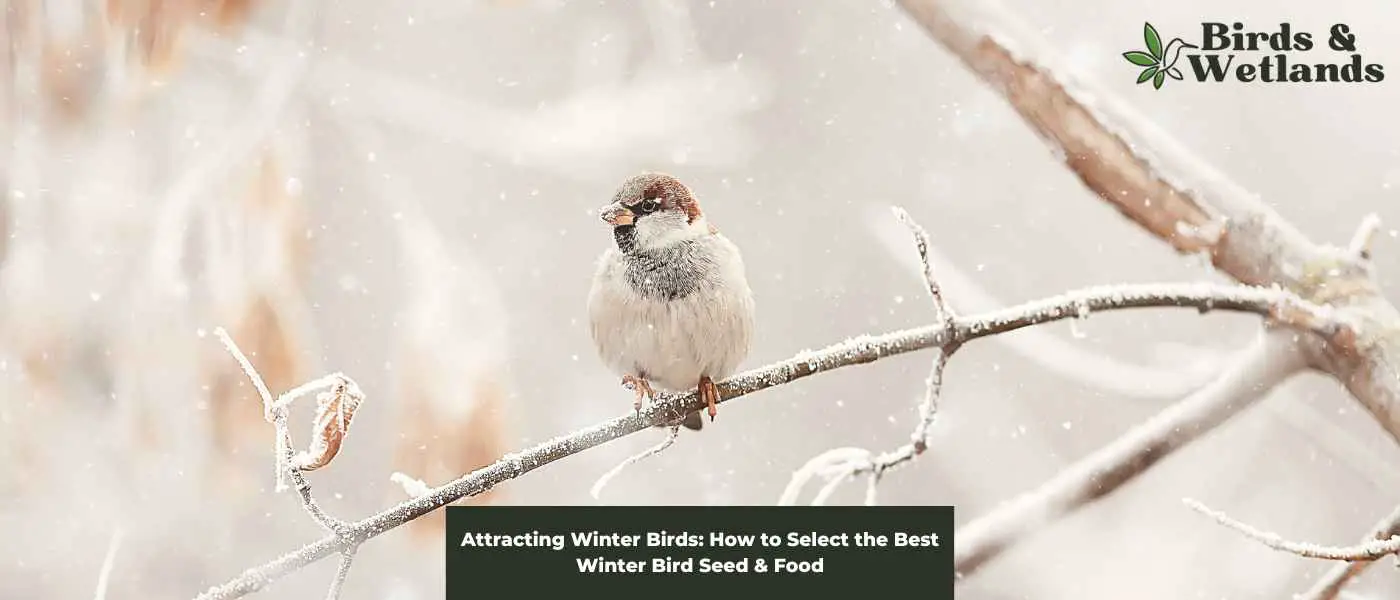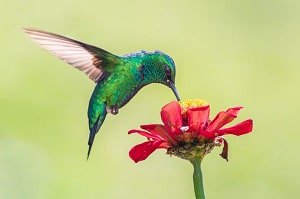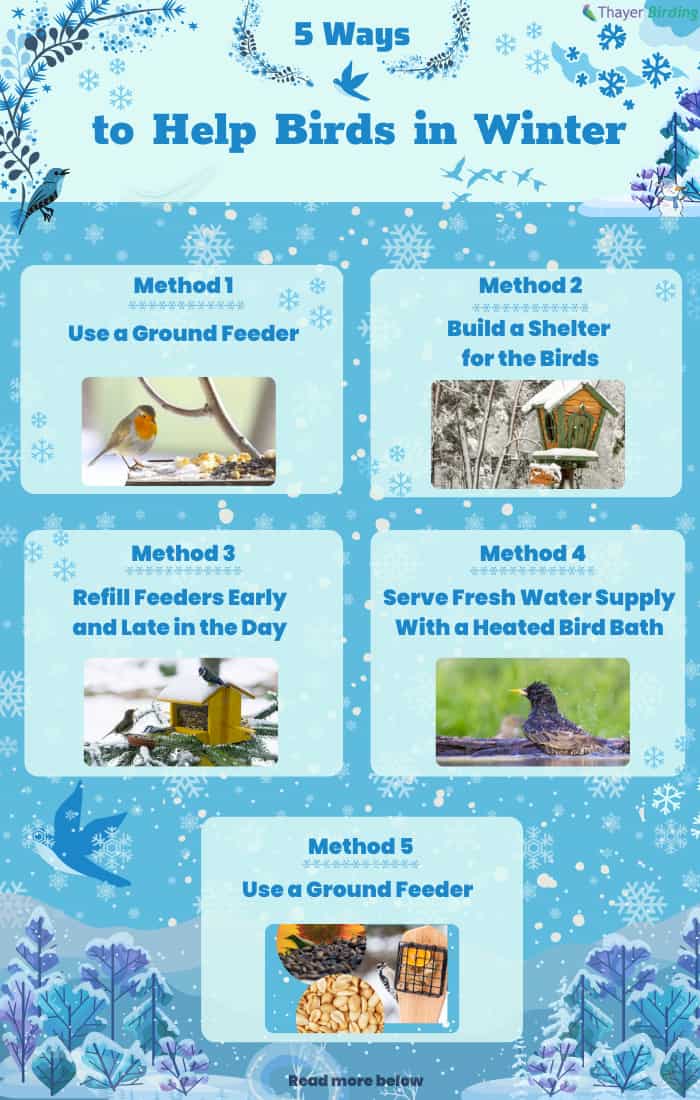Why Winter Bird Food Matters
As the winter months approach, birds face numerous challenges in finding sufficient food to sustain themselves. Harsh weather conditions, scarce food sources, and increased energy expenditure to stay warm make it essential to provide them with the right nutrition. During this time, birds require high-calorie foods to maintain their energy reserves, and a well-stocked bird feeder can be a lifesaver. In fact, studies have shown that birds that have access to supplemental food during the winter months have a higher survival rate than those that do not. By providing the best winter food for birds, you can help support their nutritional needs and attract a variety of species to your yard.
One of the primary reasons winter bird food matters is that it helps to bridge the gap between the availability of natural food sources. During the winter, many plants and insects are dormant, leaving birds with limited options for foraging. By offering a reliable source of food, you can help ensure that birds have the energy they need to survive the cold winter months. Additionally, providing the right food can also help to support the overall health and well-being of birds, which is essential for their survival and ability to thrive.
Furthermore, winter bird food can also play a crucial role in supporting the local bird population. By providing a consistent source of food, you can help attract a variety of bird species to your yard, which can be beneficial for the local ecosystem. This can also help to support the local food chain, as birds play an essential role in controlling insect and seed populations.
How to Choose the Best Winter Food for Birds
When it comes to selecting the best winter food for birds, there are several key factors to consider. The type of birds you want to attract, the climate and region you live in, and the nutritional needs of different bird species are all important considerations. For example, if you live in an area with cold winters, you’ll want to provide high-calorie foods that will help birds stay warm and energized. On the other hand, if you live in a milder climate, you may be able to get away with offering lower-calorie foods.
Another important consideration is the type of birds you want to attract. Different bird species have different nutritional needs, so it’s essential to choose a food that will meet the needs of the birds you want to attract. For example, finches and sparrows tend to prefer seeds, while woodpeckers and nuthatches prefer suet and nuts. By choosing a food that is tailored to the needs of the birds you want to attract, you can increase the chances of attracting a variety of species to your yard.
In addition to considering the type of birds you want to attract, it’s also essential to think about the nutritional needs of different bird species. Birds require a balanced diet that includes a mix of carbohydrates, proteins, and fats. By choosing a food that provides a balanced mix of these nutrients, you can help ensure that the birds that visit your yard are getting the nutrition they need to stay healthy and thrive.
Some popular options for winter bird food include suet, seeds, and nuts. Suet is a high-energy food that is made from animal fat and is often mixed with seeds and nuts. It’s an excellent choice for cold winter months, as it provides a concentrated source of energy that can help birds stay warm and energized. Seeds, on the other hand, are a good choice for milder climates, as they provide a lower-calorie option that can help birds stay healthy and active.
Suet: A High-Energy Food for Winter Birds
Suet is a high-energy food that is made from animal fat, often mixed with seeds and nuts. It is an excellent choice for winter bird feeding, as it provides a concentrated source of energy that can help birds stay warm and energized during the cold winter months. Suet is particularly beneficial for birds that have high metabolisms, such as woodpeckers and nuthatches, as it helps to keep them warm and energized.
One of the benefits of suet is that it is easy to make at home. Simply melt down some animal fat, such as beef or pork fat, and mix it with some seeds and nuts. You can also add some fruits and berries to the mixture for extra nutrition. Alternatively, you can purchase suet cakes from a pet store or online retailer. Some popular brands include Woodlink and Audubon Park, which offer a range of suet cakes that are specifically formulated for winter bird feeding.
When choosing a suet cake, look for one that is high in energy and has a good balance of nutrients. Some suet cakes may also contain added ingredients, such as peanuts or sunflower seeds, which can provide extra nutrition for the birds. It’s also a good idea to choose a suet cake that is specifically formulated for the type of birds you want to attract. For example, if you want to attract woodpeckers, look for a suet cake that is high in suet and has a good balance of seeds and nuts.
In addition to providing a high-energy food source, suet cakes can also help to attract a variety of bird species to your yard. Many birds, including woodpeckers, nuthatches, and chickadees, are attracted to the high-energy content of suet cakes. By offering suet cakes as part of your winter bird feeding program, you can help to attract a variety of bird species and provide them with the nutrition they need to stay healthy and thrive.
Seed Options for Winter Bird Feeding
Seeds are a popular choice for winter bird feeding, and for good reason. They are a high-energy food source that can help birds stay warm and energized during the cold winter months. There are several types of seeds that are suitable for winter bird feeding, including black oil sunflower seeds, striped sunflower seeds, and Nyjer seeds.
Black oil sunflower seeds are a favorite among many bird species, including cardinals, finches, and sparrows. They are high in fat and calories, making them an excellent choice for winter bird feeding. Striped sunflower seeds are also a good option, as they are easier for smaller birds to crack open. Nyjer seeds, also known as thistle seeds, are a favorite among finches and sparrows, and are high in oil and calories.
When choosing a seed feeder, look for one that is specifically designed for the type of seed you are offering. For example, if you are offering Nyjer seeds, look for a feeder that has small openings to prevent the seeds from spilling out. Some popular seed feeder brands include Perky-Pet and Droll Yankees, which offer a range of feeders that are specifically designed for winter bird feeding.
In addition to choosing the right type of seed, it’s also important to consider the quality of the seed. Look for seeds that are fresh and of high quality, as they will be more attractive to birds. You can also consider offering a mix of seeds, as this will provide a variety of nutrients and attract a range of bird species.
By offering seeds as part of your winter bird feeding program, you can help provide birds with the energy they need to stay warm and healthy during the cold winter months. Remember to choose the right type of seed and feeder, and to keep the feeder clean and well-maintained to ensure the best results.
Fresh Fruits and Vegetables for Winter Birds
Fresh fruits and vegetables are a nutritious and delicious addition to any winter bird feeding program. Many bird species, including finches, sparrows, and woodpeckers, enjoy fresh fruits and vegetables, and they can provide a valuable source of vitamins, minerals, and antioxidants.
Some popular fresh fruits and vegetables for winter birds include apples, oranges, grapes, and berries. These can be offered whole, sliced, or chopped, and can be placed on a platform feeder or in a fruit-specific feeder. Other options include leafy greens like kale and spinach, and root vegetables like carrots and sweet potatoes.
When offering fresh fruits and vegetables, it’s essential to choose items that are fresh and of high quality. Avoid offering spoiled or moldy foods, as these can be toxic to birds. Also, be sure to provide a variety of foods to ensure that birds are getting a balanced diet.
One of the benefits of offering fresh fruits and vegetables is that they can help provide birds with the nutrients they need to stay healthy and thrive during the winter months. Fresh foods can also help to attract a variety of bird species to your yard, and can be a fun and creative way to provide for your feathered friends.
In addition to providing fresh fruits and vegetables, it’s also essential to consider the presentation of these foods. Birds are attracted to visually appealing foods, so consider arranging fresh fruits and vegetables in a way that is attractive and easy to access. You can also try using different types of feeders, such as fruit-specific feeders or platform feeders, to offer fresh foods in a way that is convenient and enjoyable for birds.
Winter Bird Food Tips and Tricks
Providing the best winter food for birds requires more than just selecting the right type of food. It’s also essential to keep the food fresh, prevent mold and bacterial growth, and maintain clean feeders. Here are some practical tips to help you keep your winter bird food in top condition:
Keep it fresh: Store winter bird food in a cool, dry place to preserve its nutritional value. If you live in an area with high humidity, consider storing food in airtight containers to prevent moisture from seeping in.
Prevent mold and bacterial growth: Regularly clean and disinfect feeders to prevent the growth of mold and bacteria. Use a solution of one part white vinegar to nine parts water to clean feeders, and let them air dry before refilling.
Keep feeders clean: Clean feeders at least once a week, or more often if you notice a buildup of debris or mold. Use a soft-bristled brush to remove any stuck-on seeds or debris, and rinse with warm water.
Position feeders wisely: Place feeders in an area that receives partial shade to full sun, depending on the type of food you’re offering. Avoid placing feeders near predator-attracting structures, such as birdhouses or shrubs.
Offer water: In addition to providing the best winter food for birds, it’s essential to offer a source of fresh water. Change the water frequently to prevent freezing and bacterial growth.
Monitor feeder activity: Keep an eye on feeder activity to ensure that the food is being consumed and not spoiled. If you notice that food is spoiling quickly, consider reducing the amount of food offered or switching to a different type of food.
Consider using feeder trays: Feeder trays can help keep feeders clean by catching debris and seed hulls. They can also make it easier to clean feeders by providing a removable tray that can be washed and dried.
By following these tips, you can help ensure that your winter bird food remains fresh and nutritious, and that your feeders remain clean and well-maintained. This will help attract a variety of bird species to your yard and provide them with the energy they need to survive the winter months.
Creating a Winter Bird-Friendly Yard
Providing the best winter food for birds is just one aspect of creating a welcoming environment for your feathered friends. To attract a variety of bird species to your yard during the winter months, it’s essential to create a bird-friendly habitat that offers shelter, water, and habitat. Here are some tips to help you create a winter bird-friendly yard:
Provide shelter: Birds need shelter from harsh winds, snow, and freezing temperatures. Consider planting native evergreen trees or shrubs, such as conifers, holly, or cedar, which provide year-round shelter and food. You can also install a roosting box or a brush pile to provide additional shelter.
Offer water: Fresh water is essential for birds, especially during the winter months when natural water sources may be frozen. Consider installing a heated birdbath or a shallow dish filled with fresh water. Change the water frequently to prevent freezing and bacterial growth.
Create a bird-friendly landscape: Incorporate native plants, shrubs, and trees that provide berries, seeds, and insects for birds to eat. Consider using plants with different bloom times to provide a constant source of food throughout the winter months.
Provide a source of calcium: Many bird species, such as chickadees and titmice, need calcium to maintain strong bones. Consider offering crushed eggshells, oyster shells, or dark-colored gravel to provide a source of calcium.
Avoid using pesticides: Pesticides can harm birds and other wildlife, so it’s essential to avoid using them in your yard. Instead, use natural methods to control pests, such as attracting beneficial insects or using physical barriers.
Create a bird-friendly ground cover: Consider using a native ground cover, such as leaves or pine straw, to provide a habitat for birds to forage for food. Avoid using invasive plants, such as English ivy or Japanese stiltgrass, which can harm local ecosystems.
Install a bird-friendly fence: Consider installing a fence that allows birds to fly through or perch on. Avoid using fences with sharp edges or points, which can harm birds.
By creating a winter bird-friendly yard, you can attract a variety of bird species to your yard and provide them with the shelter, water, and habitat they need to survive the winter months. Remember to combine these tips with offering the best winter food for birds to create a welcoming environment for your feathered friends.
Conclusion: Nourishing Your Feathered Friends Through the Winter
Providing the best winter food for birds is crucial for their survival during the harsh winter months. By understanding the importance of winter bird nutrition, selecting the right food, and creating a bird-friendly yard, you can help attract a variety of bird species to your yard and support their well-being.
Remember, the key to nourishing your feathered friends is to offer a balanced and nutritious diet that meets their specific needs. By incorporating a variety of food sources, including suet, seeds, and fresh fruits and vegetables, you can provide the energy and nutrients they need to thrive.
Additionally, creating a bird-friendly yard by providing shelter, water, and habitat can help support the overall health and well-being of the birds that visit your yard. By following the tips and advice outlined in this article, you can create a welcoming environment for birds and help them survive the winter months.
By taking the time to provide the best winter food for birds and creating a bird-friendly yard, you can make a positive impact on the lives of these amazing creatures. So, go ahead and start nourishing your feathered friends today, and enjoy the beauty and wonder of birds in your yard all winter long!
In conclusion, providing the right food and habitat for birds during the winter months is essential for their survival and well-being. By following the tips and advice outlined in this article, you can help support the health and happiness of the birds that visit your yard, and create a welcoming environment for them to thrive.



:max_bytes(150000):strip_icc()/close-up-of-great-tit-eating-peanut-by-snow-713845389-59de75e1054ad900107b450d.jpg)



